Dark Mysteries on the Dining Table:
Century Eggs
Esther Tseng / photos by Jimmy Lin / tr. by Brandon Yen
October 2024

Richard W. Hartzell, an American-born author who has spent nearly 50 years in Taiwan, wrote that century eggs might be the most representative Taiwanese food, because they utterly baffled the imaginations of foreign observers.
The appearance of the century egg might put some first-timers off. The yolk has a creamy consistency and is dark green in color—almost black, in fact. Its pungent flavor carries a hint of sulfur. The egg white, on the other hand, is as glossy and springy as jelly; it’s dark brown and translucent.
Though Hartzell describes the century egg as having a mixed reputation, it is integral to several common Taiwanese dishes, including tofu with century egg, congee with pork and century egg, and Chinese spinach with salted egg and century egg. Varmt, a Taichung-based noodle restaurant, is praised in the Michelin Guide for the “layers of rich, bold flavors” of its dandan noodles with century egg.
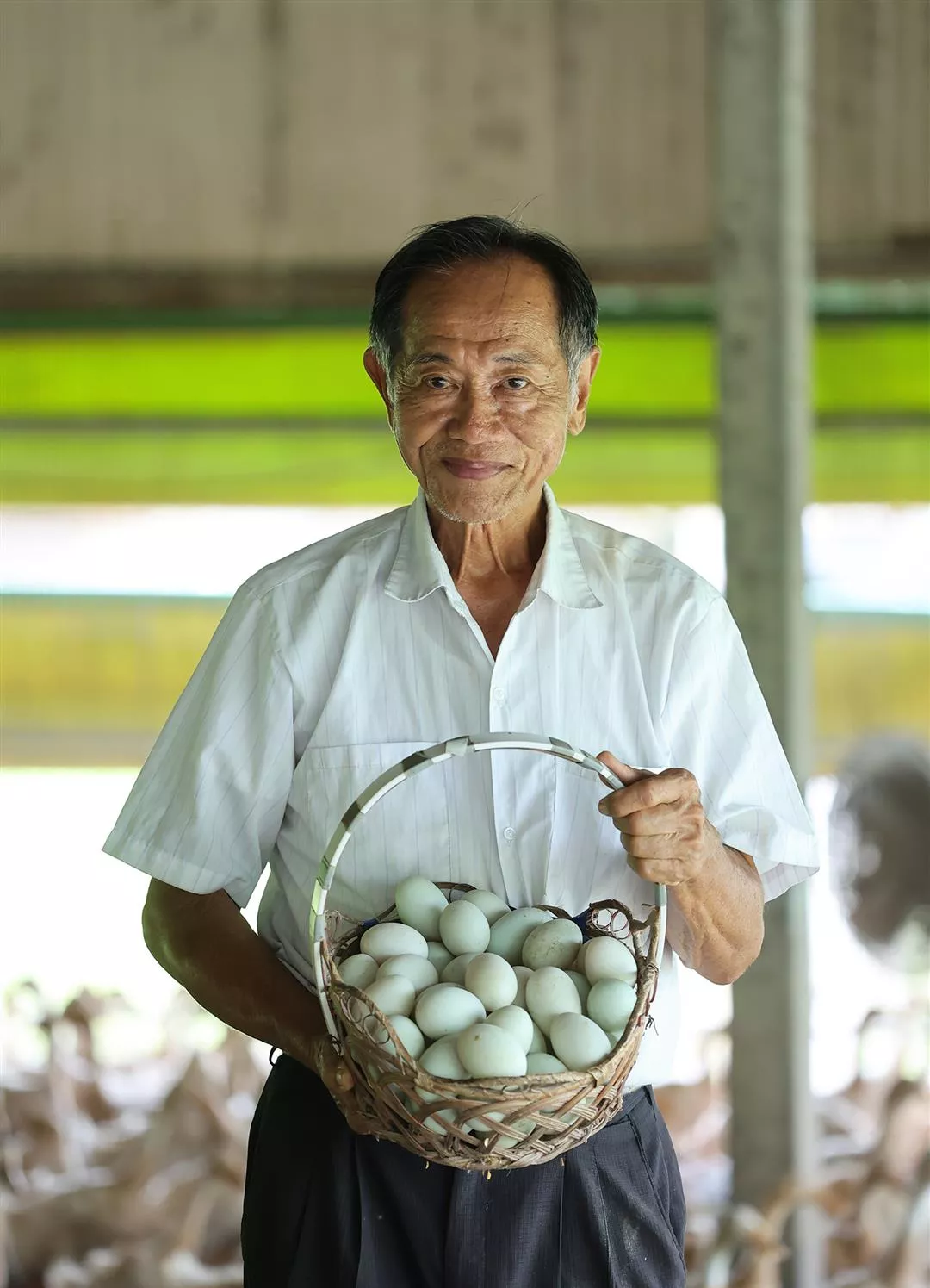
Su Qingfa, owner of Tainan Duck Leisure Farm, has developed hands-on workshops in recent years to promote century eggs and salted eggs, bringing the stories of traditional Taiwanese foods to a wider audience.
The birth of century eggs
Su Qingfa, owner of Tainan Duck Leisure Farm, tells us about the origins of century eggs. Legend has it that in ancient times, there was a stove made of lime and clay inside a mountain hut. It was covered with ash from burned rice plants. A duck went and laid eggs in it. Eventually, these turned into century eggs.
Most century eggs are duck eggs. Having been a duck farmer for over 60 years, Su recalls that as a child he used to herd ducks nomadically with his father and grandfather. After graduating with an economics degree from Soochow University, Su worked for a while as a manager at a woodware factory. When the factory relocated to Thailand, he decided to establish a duck egg business of his own, starting by keeping 1,500 ducks on a farm of half a hectare. Using fresh duck eggs to produce salted eggs and century eggs, Su soon made a name for himself, with customers vying to grab hold of his limited stock. Within two years of setting up shop, Su was already on a firm footing.
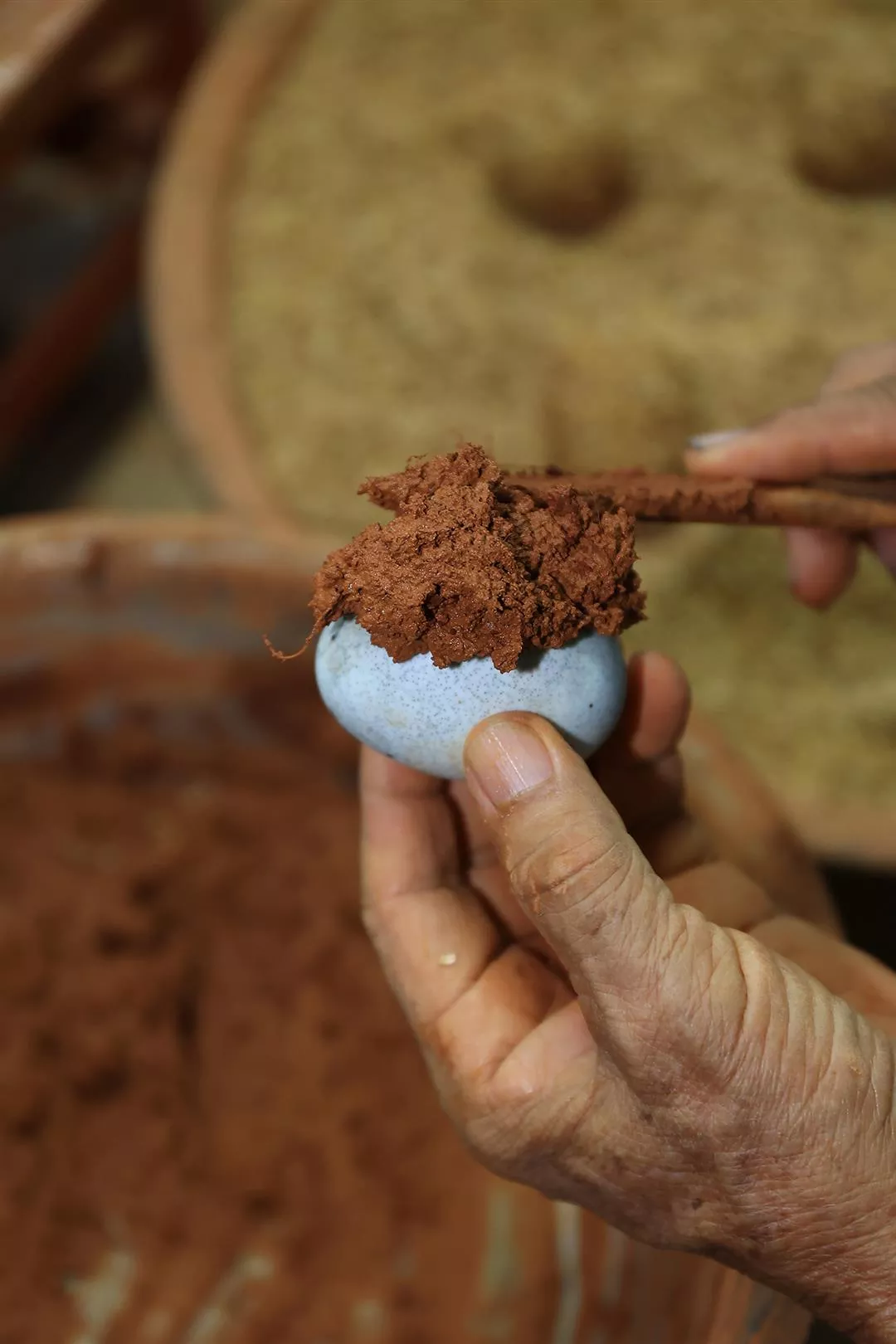
Herbal century eggs are made by coating the shells of cured century eggs with a mixture of red laterite soil and herbal tea, and leaving them to mature for two more weeks.
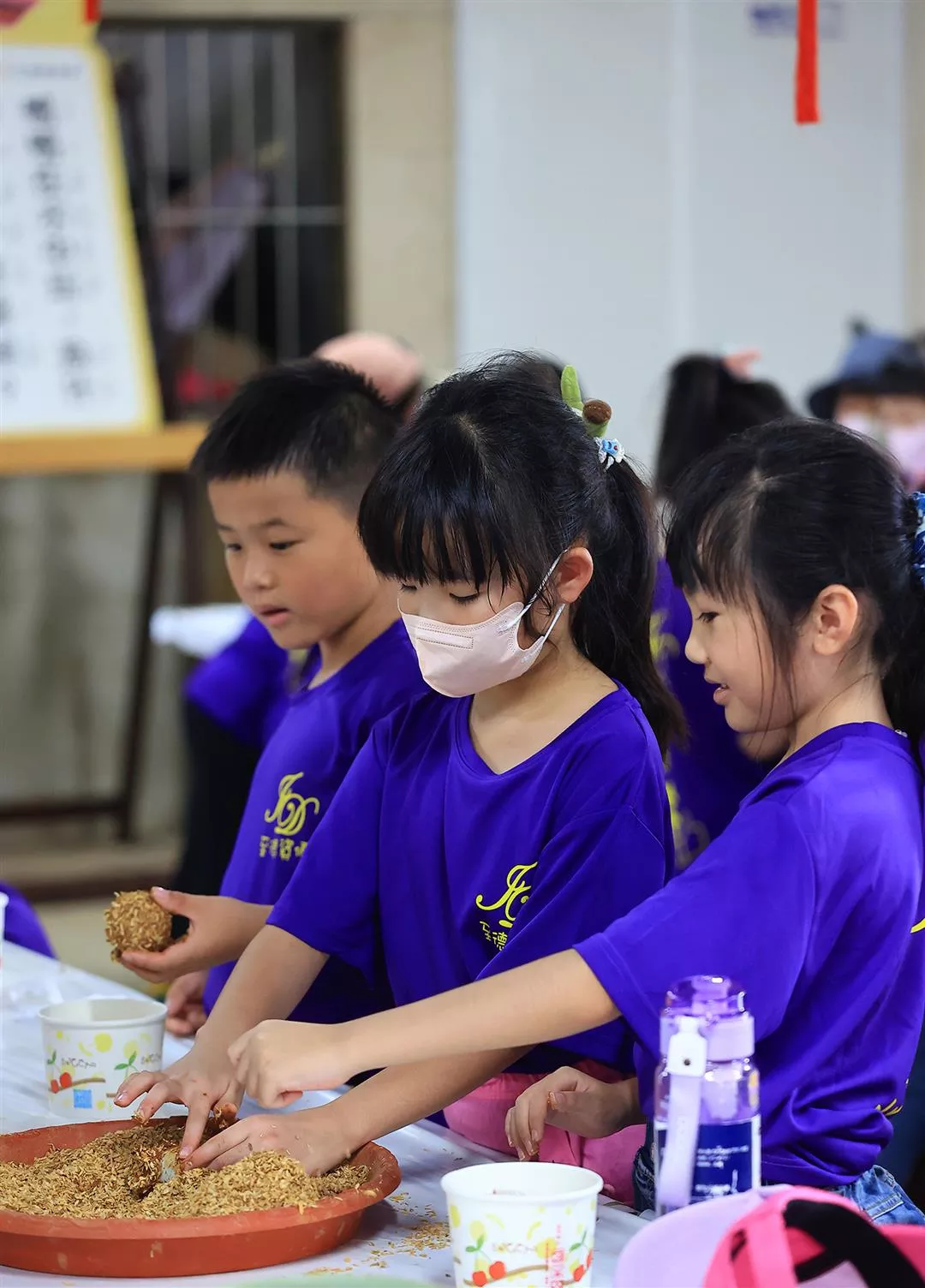
Children try their hands at making century eggs.
Producing century eggs
From 1990 to 1995, when the business was at its peak, Su’s duck farm processed some 20,000 eggs per day, making them into salted eggs and century eggs. Su explains that the process of making century eggs entails coating or immersing eggs in a mixture of alkaline ingredients, including rice ash, sodium carbonate, and lime. In Turkey, France, and Southeast Asia, foods are also preserved with lime mixed with water, which transforms their textures.
Because of certain chemicals used to prevent cracks in the shells, century eggs were once criticized for containing heavy metals, and the government introduced regulations to curb the use of these chemicals. To further reassure his customers, Su teamed up with his friend Lin Fanlun, a chemistry graduate of Soochow University, to develop lead-free century eggs. Su generously shares the recipe with us: 100 grams of rice ash, 600 grams of quicklime, 150 grams of sodium carbonate, and 20 grams of salt, blended into a paste with 150 grams of oolong tea liquor. The mixture is spread all over the eggs, which are then left to stand for at least one month.
Su has also invented herbal century eggs. His son tells us that the recipe is secret, but Su can’t resist revealing that it is derived from his grandfather’s herbal tea formula, which includes sweet acacia, banyan roots, shell ginger leaves, Taiwan wild grapes, and Indian abutilon. Su combines the herbal tea with red laterite soil and slathers the paste onto century eggs that have already been cured. Two weeks’ time will turn these into herbal century eggs.
In 2007, Su began to introduce an element of agritourism to his farm. “Many foreign tourists visit us. They are open to local ways of life and are all fine with century eggs,” he says. Why not try century eggs with congee or noodles, or have them with stir-fried vegetables? These glistening, crystal-like eggs will make your meals all the more appetizing.
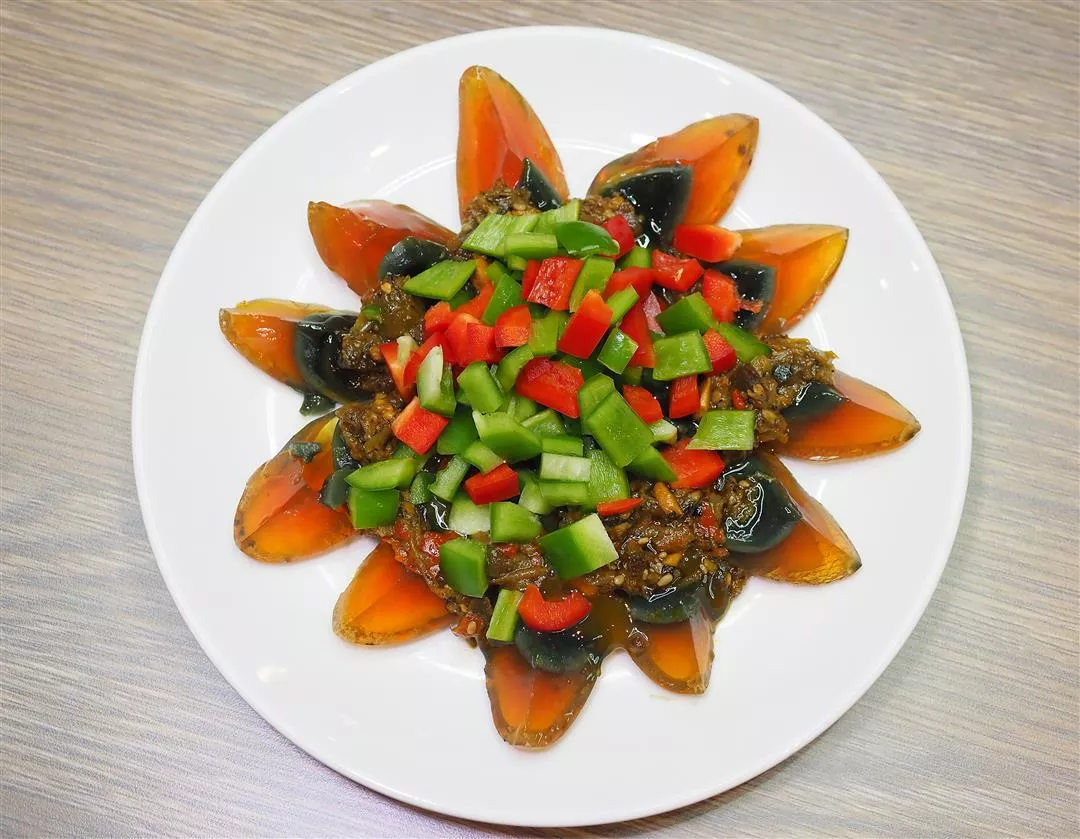
In days gone by, cold century eggs were often served at streetside banquets and wedding feasts.
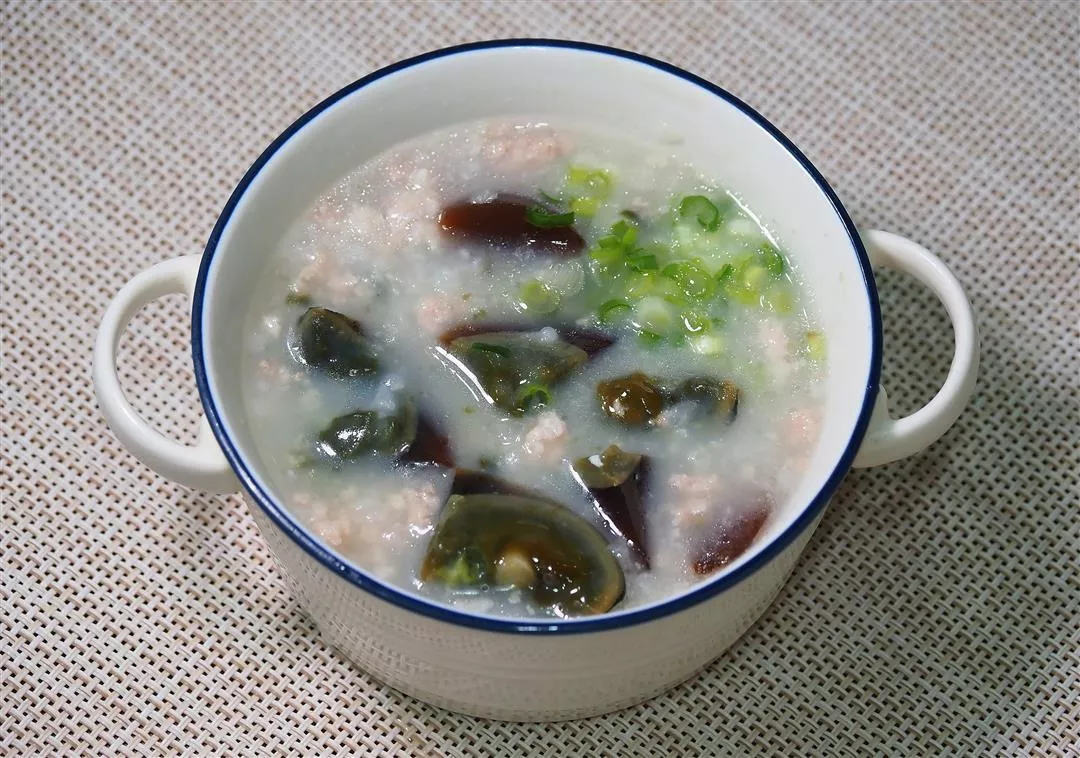
Congee with pork and century egg is common in Taiwan.
@List.jpg?w=522&h=410&mode=crop&format=webp&quality=80)



@List.jpg?w=522&h=410&mode=crop&format=webp&quality=80)


